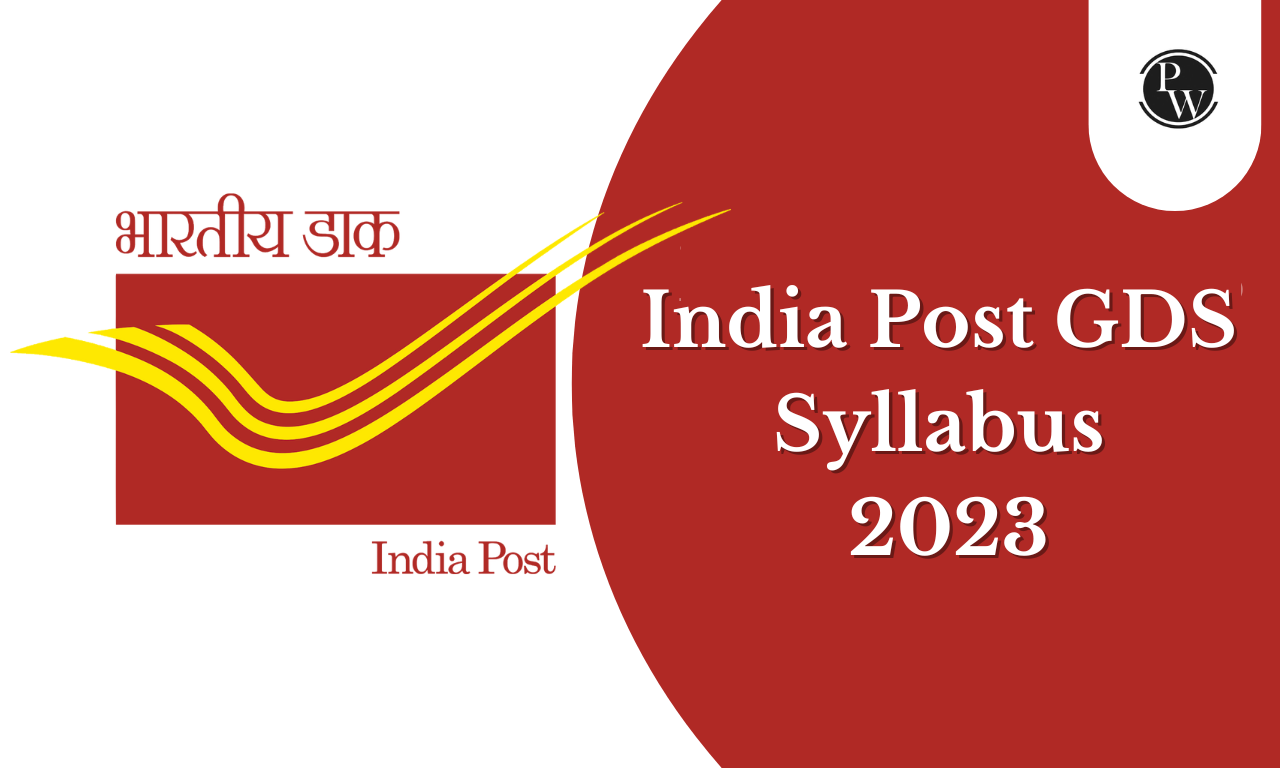
Brahmaputra River System: The Brahmaputra River System stands as one of the most significant and extensive river networks globally. It has its source in the Himalayan mountains and travels through multiple Indian states and Bangladesh before ultimately merging with the Bay of Bengal. The Brahmaputra River System is vital for the people in the region, and it has a significant impact on their everyday lives.
Brahmaputra River
The Brahmaputra River, one of Asia's most significant water bodies and one of the world's largest rivers, is of international importance. Unlike the majority of rivers in India, the Brahmaputra carries a distinctive masculine identity, spanning approximately 2900 kilometres. Originating in the Yarlung Tsangpo River in southwest Tibet, it is sacred in Hinduism due to its association with various beliefs. This river, which eventually flows into the Brahmaputra, originates from the Angsi Glacier in Tibet and undergoes significant changes as it traverses the Himalayas and transforms into the Dihang River in Arunachal Pradesh. The Brahmaputra Basin comprises diverse regions, including the Patkai-Bum hills, northern slopes of the Meghalaya hills, Assam plains, northern Bangladesh, and parts of the Tibetan plateau, draining into the Ganges basin. The basin's highest point is Kanchenjunga. This river, with its rich cultural and geographical significance, remains a lifeline for the regions it touches.Brahmaputra River Length
The Brahmaputra River originates at a height of 5,300 metres in the Kailash hills of the Himalayas. It then flows through Bangladesh and Assam before entering India through Arunachal Pradesh and finally meeting the Bay of Bengal. The region from which the river gathers water in Tibet covers an extensive area of 293,000 square miles. The river system is situated on a continent bordered by the Himalayas to the north, the Patkai range to the east, the Assam range to the south, and the Himalayas and ridge to the west. Particularly in Assam, the Brahmaputra river system experiences high rainfall, leading to annual floods and riverbank erosion.Brahmaputra River System
The Brahmaputra River System is one of India's significant river systems, known for its large capacity to carry water, second only to the Ganga River. This river is also referred to as the Yarlung Tsangpo. It begins its journey in Lake Mansarovar near Mount Kailash in the Himalayas, initially known as the Tsangpo. After crossing the Himalayas and flowing through Tibet, it enters Arunachal Pradesh and transforms into the Brahmaputra. It continues through Assam and is known as the Brahmaputra there, then flows into the southern part of Bangladesh, where it's called the Jamuna, and finally, it merges with the Ganges before reaching the Bay of Bengal. The Brahmaputra River System is crucial for the livelihood of millions of people in India and Bangladesh. Like the Ganga River, it serves various purposes, such as irrigation and transportation. There are several smaller rivers that join the Brahmaputra, both on its northern and southern banks. These tributaries will be explained in detail below.Brahmaputra River System Features
- The Brahmaputra River system is enclosed by the Himalayas to the north, the Patkai hills to the east, the Assam hills to the south, and the Himalayas and a ridge to the west.
- This region experiences some of the world's heaviest rainfall, particularly in Assam, leading to annual floods and riverbank erosion.
- Some areas in the Himalayan Mountains in Sikkim and Arunachal Pradesh, within the Brahmaputra basin, have snow cover.
- The Brahmaputra River system covers 55.48% of India's forested areas, making it one of the greenest regions in the country.
- Majuli, an island in Assam, is recognized by UNESCO as the world's oldest and largest inhabited riverine island.
- The hydroelectric potential of the Brahmaputra River system is estimated at 66,065 MW.
- All tributaries in the valley are rain-fed and experience flood waves based on rainfall in their respective catchment areas.
- Heavy precipitation, mainly during the monsoon months from May to September, accounts for 85% of the total annual rainfall in the region.
- The region also receives significant rainfall in April and May due to thunderstorm events, contributing to flooding in June when the soil is already saturated, and the river is in spate.
Brahmaputra River System Tributaries
The Brahmaputra River System is a vast network of rivers, and it's important to understand its main branches that join together to create this magnificent river. These smaller rivers, called tributaries, are like puzzle pieces that fit together to make the Brahmaputra River flow smoothly. Below described are the Brahmaputra River System Tributaries for more insightful knowledge of the candidate.Manas River
One of the major rivers that flow into the Brahmaputra is the Manas River. It originates in Bhutan, flows through Assam and the southern parts of Bhutan, and finally meets the Brahmaputra close to Jogighopa. The Manas River stretches for a distance of 376 kilometers and is notable for its hilly, dense forests in the upper regions and flatlands near its confluence with the Brahmaputra.Raidak River
In the lower part of the Brahmaputra River, you can find another river called the Raidak River. It starts in the Himalayas of Bhutan and then flows through Bhutan, India, and Bangladesh before joining the Brahmaputra in the Kurigram region of Bangladesh. This river is approximately 370 kilometers long and is connected to different smaller rivers within Bhutan.Sankosh River
It's one more river that joins the Brahmaputra and starts in Bhutan, eventually flowing into Assam, India. In Bhutan, they call it Puna Tsang, and its two largest streams are Mo Chhu and Pho Chhu.Kameng River
Another important river that flows into the Brahmaputra is the Jia Bhorali River, also known as the Kameng River. It originates from a glacial lake located near the Indo-Tibetan border beneath the Gori Chen Mountain in the Tawang district of Arunachal Pradesh. This river travels through Arunachal Pradesh, the Sonitpur district in Assam, and the town of Tezpur before ultimately merging with the Brahmaputra.Dhansiri River
The Dhansiri River is an important river that joins the Brahmaputra. It starts at Laisang Peak in Nagaland and flows through Dimapur and Golaghat districts before meeting the Brahmaputra about five kilometres away from the Kaziranga Wildlife Sanctuary.Dihing River
The Dihing River is a notable contributor to the Brahmaputra River. It originates in the eastern Himalayas, specifically from the Patkai mountain range, and meanders through the regions of Tinsukia, Dibrugarh, and Arunachal Pradesh before eventually merging with the Brahmaputra at Disangmukh. Along its course, the Dihing River creates several lakes.Lohit River
Another important contributor to the Brahmaputra River is the Lohit River. Originating from the Zayal Chu range located in eastern Tibet, it journeys for a brief distance of two kilometers through Arunachal Pradesh before joining the lowlands of Assam. Here, it merges with the Siang River to form the mighty Brahmaputra at the head of the valley. The Lohit River earned its name from its turbulent and energetic nature.Tista River
The Tista River, also known as the Teesta River, originates from Cholomo Lake in Sikkim and travels through the towering Himalayan Mountains. It eventually reaches Bangladesh, where it merges with the Brahmaputra River. This river is one of the many tributaries that contribute to the Brahmaputra's flow.Subansiri River
It's one more important tributary of the Brahmaputra River, which originates in the Himalayas of China and flows through Tibet and India. This river joins the Brahmaputra in the Lakhimpur district of Assam and stretches for a distance of 442 kilometres.Bhogdoi River
The Bhogdoi River is one of the rivers that flow into the Brahmaputra. It starts in the Naga Hills, flows through the city of Jorhat in Assam, and eventually joins a smaller river that merges with the main Brahmaputra. When these two rivers come together, they are called Gelabill. In the past, the Bhogdoi River was known as Desoi.Brahmaputra River System Dams
In regions where the Brahmaputra River flows, people construct dams to generate electricity and supply clean drinking water to the local residents. You can find a list of Brahmaputra River System Dams on the Brahmaputra River in various Indian states in the table below.|
Brahmaputra River System Dams |
|||
| Name | River | Purpose | State |
| Khandong Dam | Kopili | Hydroelectricity | Meghalaya |
| Doyang Hep Dam | Doyang | Hydroelectricity, Drinking Water Supply | Nagaland |
| Umiam Dam | Umiam | Hydroelectricity | Meghalaya |
| Rangit III Dam | Rangit | Hydroelectricity, Supply of drinking water | Sikkim |
| Kyrdemkulai (Umiam st-III) Dam | Umtru | Hydroelectricity, Irrigation, Drinking Water Supply | Meghalaya |
| Karbi Langpi Dam | Borpani | Hydroelectricity | Assam |
| Ranganadi Dam | Hydroelectricity | Arunachal Pradesh | |
| Nongkhyllem Dam | Umtru | Hydroelectricity | Meghalaya |
| Rangpo Dam | Rongpo | Hydroelectricity | Sikkim |
| Rongli Dam | Rongli | Hydroelectricity | Sikkim |
| Subansiri Lower HE (Nhpc) Dam | Subansiri | Hydroelectricity | Arunachal Pradesh |
| Teesta -V (NHPC) Dam | Teesta | Hydroelectricity | Sikkim |
| Teesta-III Dam | Teesta | – | Sikkim |
| Teesta-III Lower Dam | Teesta | Hydroelectricity | West Bengal |
| Teesta-IV Dam | Teesta | – | Sikkim |
| Teesta-IV Lower Dam | Teesta | Hydroelectricity | West Bengal |
| Umtru Dam | Umtru | Hydroelectric, Drinking Water Supply, Irrigation | Meghalaya |
| Umrong Dam | Umrong | Hydroelectricity | Assam |
Ganga Brahmaputra Delta
The Ganga Brahmaputra River System is created when multiple rivers, mainly the Ganga and Brahmaputra, come together. It forms the largest river delta in the world. This delta is one of the most fertile places on Earth. Even though it's at a high risk of flooding, more than 100 million people live in this area, and it's estimated that it provides a home and sustenance for over 300 million people. The delta isn't just rich in fertile soil; it's also a habitat for various animals such as Bengal Tigers, Elephants, Ganga River Dolphins, and a wide variety of birds like Kingfishers, Eagles, Woodpeckers, and many more. To succeed in upcoming exams, candidates should consider exploring PW SSC Books We provide high-quality content at an affordable price, including sample papers, mock tests, guidance sessions, and more to ensure aspirants secure their selection. Also, enroll today on SSC Online Coaching to turn your dreams into reality.| Other Related Links | |
| Tiger Reserves in India | National Parks in India |
| Biosphere Reserves in India | Elephant Reserves in India |
Brahmaputra River System FAQs
Q1. From where Brahmaputra River originates?
Ans. The Brahmaputra River System originates from the Chemayungdung glacier of the Himalayas in Tibet, near Lake Mansarovar.
Q2. Name the tributaries of Brahmaputra River
Ans. Some of the significant tributaries of the Brahmaputra River System include the Dibang River, the Lohit River, the Subansiri River, the Kameng River, the Manas River, and the Sankosh River.
Q3. Is the Brahmaputra the longest river in India?
Ans. The Ganges is the longest river in India if we consider the total distance covered by a river within India. The length of the Ganga river is about 2510 km.
Q4. Why is the Brahmaputra called the Red river?
Ans. The soil of this region is naturally rich in iron content, bringing the colour red to the river with a high concentration of red and yellow soil sediments. That's why the Brahmaputra River is also called the Red River.
Talk to a counsellorHave doubts? Our support team will be happy to assist you!

Free Learning Resources
PW Books
Notes (Class 10-12)
PW Study Materials
Notes (Class 6-9)
Ncert Solutions
Govt Exams
Class 6th to 12th Online Courses
Govt Job Exams Courses
UPSC Coaching
Defence Exam Coaching
Gate Exam Coaching
Other Exams
Know about Physics Wallah
Physics Wallah is an Indian edtech platform that provides accessible & comprehensive learning experiences to students from Class 6th to postgraduate level. We also provide extensive NCERT solutions, sample paper, NEET, JEE Mains, BITSAT previous year papers & more such resources to students. Physics Wallah also caters to over 3.5 million registered students and over 78 lakh+ Youtube subscribers with 4.8 rating on its app.
We Stand Out because
We provide students with intensive courses with India’s qualified & experienced faculties & mentors. PW strives to make the learning experience comprehensive and accessible for students of all sections of society. We believe in empowering every single student who couldn't dream of a good career in engineering and medical field earlier.
Our Key Focus Areas
Physics Wallah's main focus is to make the learning experience as economical as possible for all students. With our affordable courses like Lakshya, Udaan and Arjuna and many others, we have been able to provide a platform for lakhs of aspirants. From providing Chemistry, Maths, Physics formula to giving e-books of eminent authors like RD Sharma, RS Aggarwal and Lakhmir Singh, PW focuses on every single student's need for preparation.
What Makes Us Different
Physics Wallah strives to develop a comprehensive pedagogical structure for students, where they get a state-of-the-art learning experience with study material and resources. Apart from catering students preparing for JEE Mains and NEET, PW also provides study material for each state board like Uttar Pradesh, Bihar, and others
Copyright © 2025 Physicswallah Limited All rights reserved.
Get App









